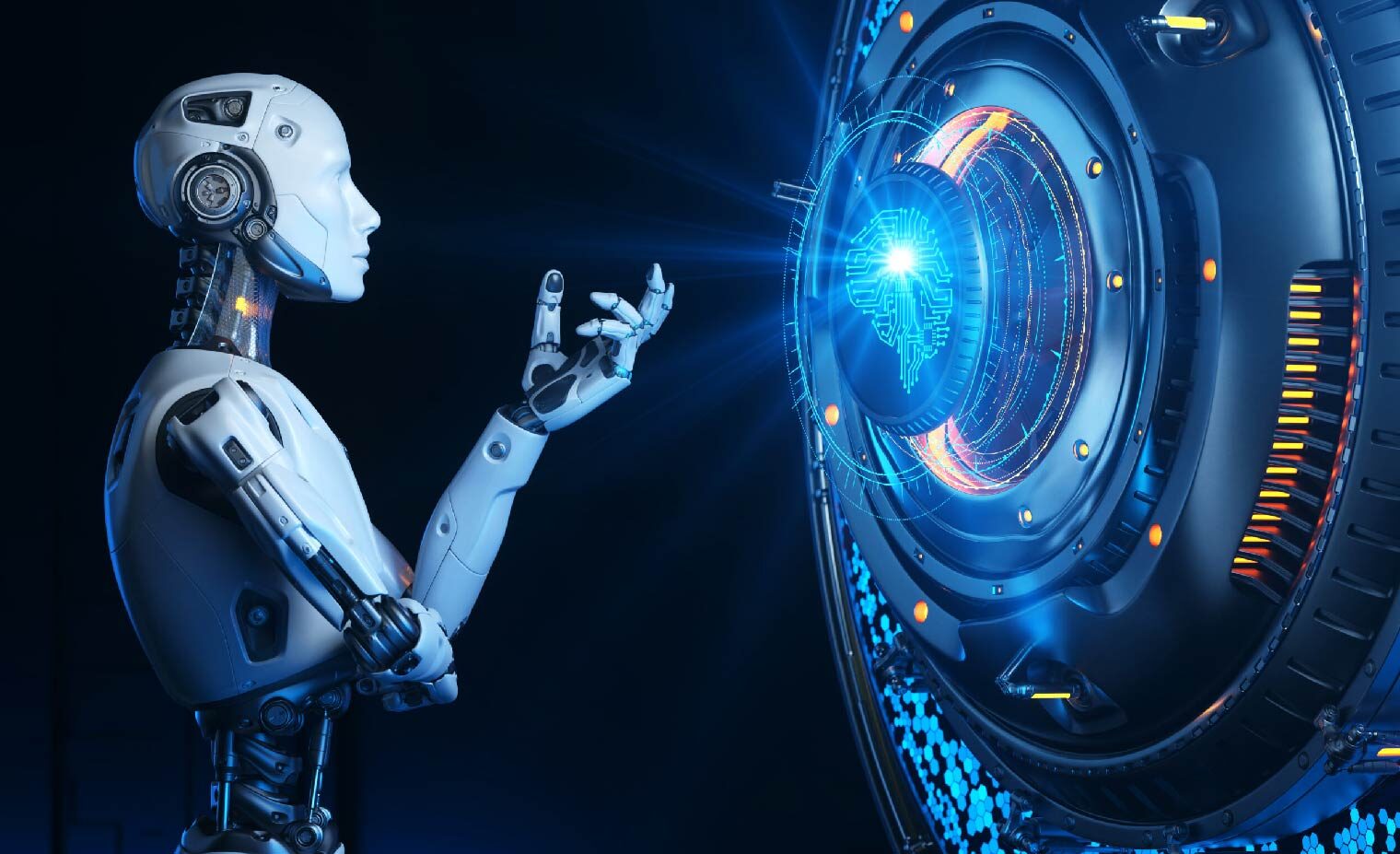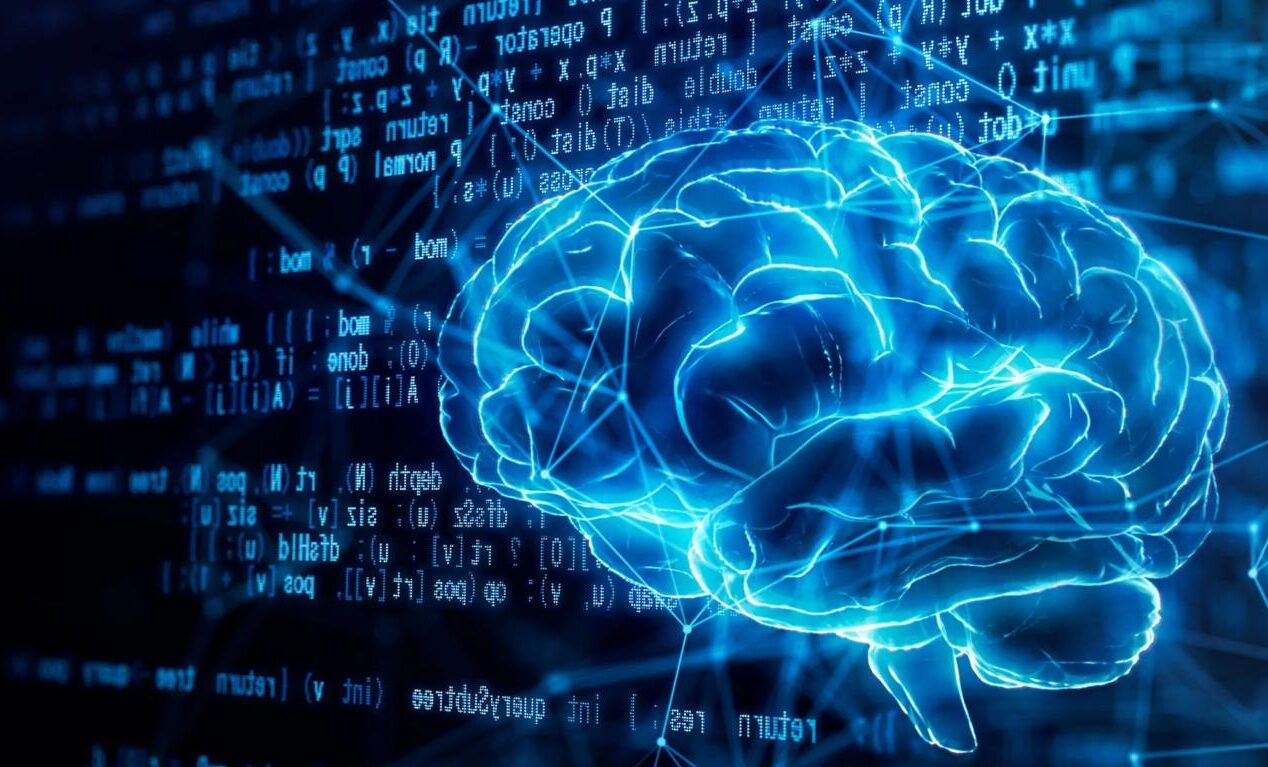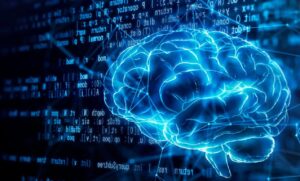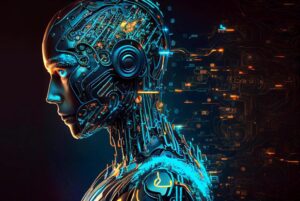The Age of Intelligence: Understanding AI and Technology in the Modern World (Part 2)
Ethical Implications of AI
As artificial intelligence permeates various aspects of our lives, the ethical implications of its deployment and use have become increasingly critical. The rapid advancement of AI technologies raises important questions about fairness, accountability, transparency, and the broader societal impact. This chapter will explore the key ethical considerations surrounding AI, including algorithmic bias, privacy concerns, the implications of automation, and the importance of responsible AI governance.
Algorithmic Bias: A Deep-Rooted Challenge
One of the most pressing ethical concerns in AI is the issue of algorithmic bias. Algorithms are designed to make decisions based on data patterns; however, if the data used to train these algorithms contains biases, the resulting decisions can perpetuate and even amplify existing inequalities.
- Sources of Bias:
Bias can enter AI systems through various channels, including:- Historical Data: If a dataset reflects past societal inequalities—such as discrimination based on race, gender, or socioeconomic status—the algorithm trained on that data may replicate these biases in its predictions.
- Data Sampling: If the data used to train an AI model is not representative of the broader population, certain groups may be underrepresented or overrepresented. This skew can lead to biased outcomes, particularly in applications such as hiring algorithms or loan approval processes.
- Feature Selection: The choice of features used in an algorithm can also introduce bias. For example, if an algorithm incorporates certain demographic variables that correlate with race or gender, it may inadvertently discriminate against specific groups.
- Real-World Consequences:
The consequences of algorithmic bias can be severe. For instance, biased hiring algorithms that favor certain demographics can perpetuate workplace inequalities, while predictive policing algorithms may disproportionately target communities of color. Such outcomes can erode trust in AI technologies and exacerbate existing societal disparities. - Mitigation Strategies:
Addressing algorithmic bias requires a multi-faceted approach:- Diverse Data Collection: Ensuring that datasets are diverse and representative of the population is crucial for reducing bias. This may involve oversampling underrepresented groups or employing techniques to balance datasets.
- Bias Detection and Auditing: Regularly auditing AI systems for bias and implementing metrics to measure fairness can help identify and rectify discriminatory outcomes. Tools such as fairness-aware machine learning can assist in this process.
- Inclusive Development Teams: Involving diverse teams in the development of AI systems can bring varied perspectives to the table, helping to identify potential biases that may otherwise go unnoticed.
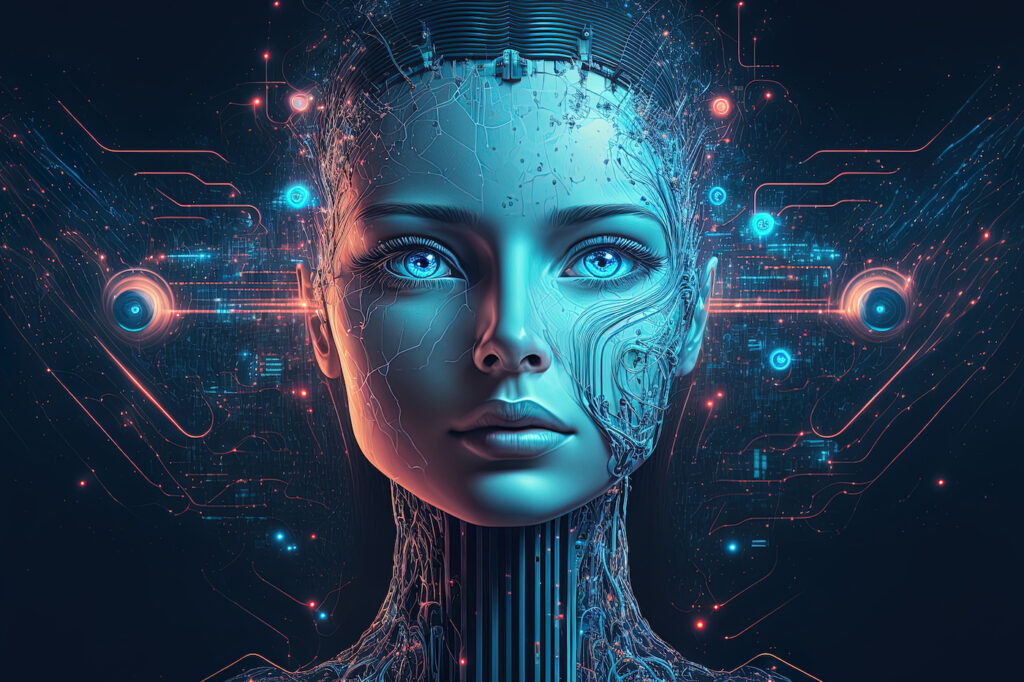
Privacy Concerns: Navigating Data Ethics
The rise of AI has led to an unprecedented increase in the collection and analysis of personal data. While this data can drive innovation and improve user experiences, it also raises significant privacy concerns.
- Data Collection Practices:
Many AI applications rely on vast amounts of data to function effectively. This data often includes sensitive personal information, which can be collected through various means, such as online interactions, mobile applications, and smart devices. Users may unknowingly consent to data collection practices that compromise their privacy. - Surveillance and Monitoring:
The integration of AI in surveillance systems has sparked debates about privacy and civil liberties. Governments and organizations can deploy AI-driven facial recognition technology and monitoring systems, raising concerns about mass surveillance and the erosion of individual freedoms. The potential for misuse of such technologies by authoritarian regimes further exacerbates these concerns. - User Consent and Transparency:
Ethical AI development requires transparency in data collection practices. Organizations must prioritize obtaining informed consent from users and clearly communicate how their data will be used. Users should have the right to access, modify, and delete their data, empowering them to maintain control over their personal information.
The Automation Dilemma: Job Displacement and Economic Impact
The automation of tasks through AI technologies has the potential to enhance productivity and efficiency. However, it also raises concerns about job displacement and the future of work.
- Job Displacement:
As AI systems become capable of performing tasks traditionally carried out by humans, there is a growing fear that many jobs may become obsolete. Industries such as manufacturing, customer service, and transportation are particularly vulnerable to automation. For example, self-driving vehicles may threaten jobs in logistics and taxi services, while chatbots could replace customer service representatives. - Economic Inequality:
The benefits of AI and automation may not be evenly distributed across society. Higher-skilled workers may thrive in an AI-driven economy, while lower-skilled workers may struggle to find employment. This disparity could exacerbate economic inequality, leading to social unrest and discontent. - Reskilling and Workforce Development:
Addressing the challenges posed by automation requires proactive measures, such as reskilling and upskilling the workforce. Governments and organizations must invest in education and training programs that equip workers with the skills needed to thrive in an AI-enhanced job market. Collaboration between educational institutions and industry stakeholders can help bridge the skills gap and ensure a smoother transition for displaced workers.
Accountability and Transparency in AI Systems
As AI systems take on increasingly complex decision-making roles, questions of accountability and transparency become paramount. Who is responsible when an AI system makes a mistake or causes harm?
- Liability Issues:
Determining liability in cases of AI-related harm poses a significant challenge. For instance, if an autonomous vehicle is involved in an accident, it may be unclear whether the responsibility lies with the manufacturer, the software developer, or the vehicle owner. Establishing clear regulations and guidelines for liability is essential to ensure accountability. - Explainability and Interpretability:
Many AI algorithms, particularly deep learning models, operate as “black boxes,” making it difficult to understand how they arrive at specific decisions. Enhancing the explainability and interpretability of AI systems is crucial for building trust and ensuring that users can comprehend and challenge automated decisions. Techniques such as model-agnostic interpretability and feature importance analysis can aid in this effort. - Ethical AI Governance:
The development and deployment of AI technologies necessitate robust ethical governance frameworks. Organizations should establish ethical guidelines for AI use, encompassing principles such as fairness, accountability, and transparency. Engaging diverse stakeholders—including ethicists, policymakers, and community representatives—in the governance process can help ensure that AI serves the public good.
The Importance of Ethical AI Development
The ethical implications of AI are not merely theoretical; they have real-world consequences that affect individuals and communities. As AI technologies continue to evolve, it is crucial to prioritize ethical considerations in their development and deployment.
- Building Trust:
Transparency, accountability, and fairness are essential components of building trust in AI systems. When individuals feel confident that AI technologies are designed and deployed ethically, they are more likely to embrace their use. - Fostering Inclusivity:
Ethical AI development must prioritize inclusivity, ensuring that diverse perspectives are represented throughout the design process. By involving stakeholders from various backgrounds, organizations can create AI systems that better serve the needs of all users. - Promoting Social Good:
Ultimately, the goal of AI should be to enhance human well-being and contribute to the greater good. Ethical AI development emphasizes the importance of aligning AI technologies with societal values and addressing the challenges faced by marginalized communities.
Navigating the Ethical Landscape of AI
The ethical implications of artificial intelligence are multifaceted and require careful consideration as we navigate the evolving landscape of AI technologies. By addressing issues such as algorithmic bias, privacy concerns, job displacement, and accountability, we can foster a responsible approach to AI development that prioritizes fairness and social good.
In the next chapter, we will examine the future of work in the context of AI and automation. By understanding how AI is reshaping employment and skill requirements, we can better prepare for the challenges and opportunities that lie ahead in the labor market.
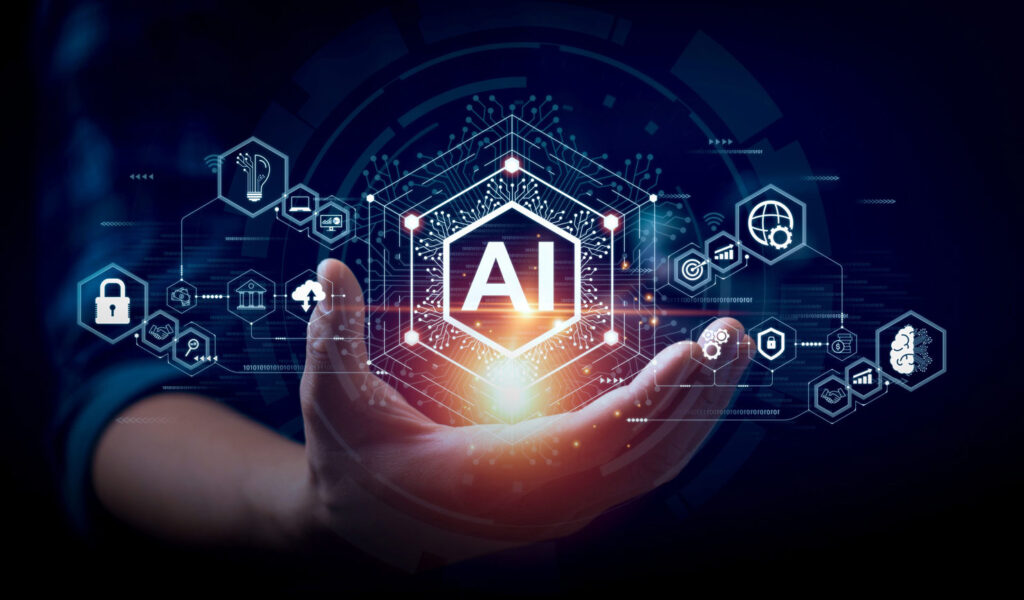
The Future of Work: AI and Employment
The integration of artificial intelligence into various industries is transforming the landscape of work, reshaping roles, skill requirements, and the very nature of employment. As AI technologies continue to advance, understanding their implications for the workforce becomes increasingly critical. This chapter will explore how AI is influencing job creation and displacement, the evolution of skill requirements, the rise of remote work, and the strategies for adapting to a rapidly changing labor market.
The Changing Nature of Work
The nature of work is undergoing a profound transformation as AI technologies become more prevalent. Traditional job roles are being augmented or replaced by intelligent systems capable of performing tasks with greater efficiency and accuracy. This shift presents both challenges and opportunities for workers and organizations alike.
- Job Displacement:
AI-driven automation has the potential to displace certain jobs, particularly those that involve repetitive tasks or routine decision-making. For example, roles in manufacturing, data entry, and customer service are increasingly at risk as machines take over these functions. A report from the McKinsey Global Institute estimates that by 2030, up to 30% of the global workforce could be displaced by automation. - Job Creation:
While AI may render some jobs obsolete, it also has the potential to create new roles that require human oversight, creativity, and emotional intelligence. As AI technologies evolve, new job categories may emerge, such as AI trainers, data analysts, and AI ethicists. These roles will focus on areas where human skills complement machine capabilities, emphasizing the importance of collaboration between humans and AI. - Hybrid Work Environments:
The future of work is likely to involve hybrid environments, where human workers collaborate with AI systems. For instance, in healthcare, AI can assist doctors in diagnosing patients while allowing medical professionals to focus on patient care and decision-making. This collaborative approach can enhance productivity and improve job satisfaction by freeing workers from mundane tasks.
Evolving Skill Requirements
As AI reshapes the workforce, the skills required for success are evolving. Workers must develop new competencies to thrive in an AI-enhanced labor market.
- Digital Literacy:
Digital literacy is becoming a fundamental requirement across industries. Workers must be proficient in utilizing AI tools and technologies, understanding how to leverage data for decision-making, and navigating digital platforms. Organizations should invest in training programs that equip employees with the skills needed to adapt to AI-driven workflows. - Soft Skills:
While technical skills are essential, soft skills such as critical thinking, creativity, and emotional intelligence will become increasingly valuable. These skills enable workers to collaborate effectively with AI systems and contribute to creative problem-solving. For instance, in creative industries, AI-generated content may require human input to refine and contextualize. - Lifelong Learning:
The pace of technological change necessitates a commitment to lifelong learning. Workers must be willing to continuously update their skills and knowledge to remain relevant in the job market. Organizations should foster a culture of learning, offering opportunities for professional development and encouraging employees to pursue new certifications and training programs.
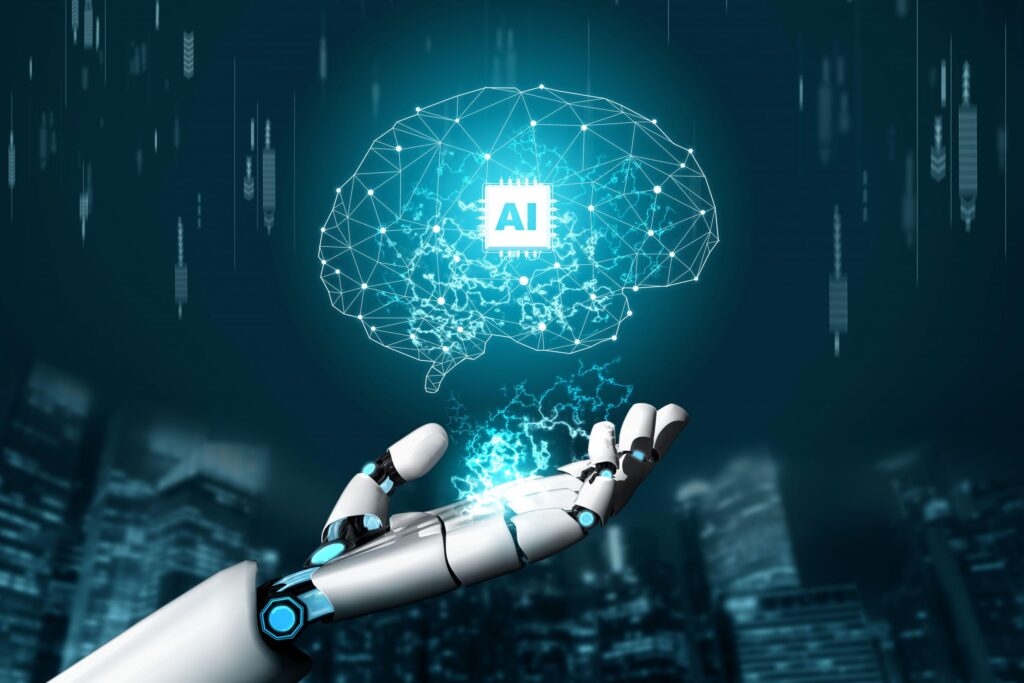
The Rise of Remote Work
The COVID-19 pandemic accelerated the adoption of remote work, a trend that is likely to persist even as the world returns to normalcy. AI technologies facilitate remote work by enabling seamless communication, collaboration, and productivity.
- Collaboration Tools:
AI-powered collaboration tools, such as project management software and virtual meeting platforms, enhance communication among remote teams. Features such as intelligent scheduling, automated transcription, and real-time document collaboration improve efficiency and streamline workflows. - Performance Monitoring:
Organizations are increasingly utilizing AI to monitor employee performance in remote settings. Analytics tools can assess productivity levels, track project progress, and provide insights into team dynamics. While this approach can enhance accountability, it also raises concerns about privacy and employee well-being. Organizations must strike a balance between oversight and trust to foster a positive remote work culture. - Work-Life Balance:
Remote work presents both opportunities and challenges for work-life balance. While flexibility can enhance job satisfaction, the blurring of boundaries between work and personal life may lead to burnout. AI tools can help manage workloads and schedules, but organizations must prioritize employee well-being and promote healthy work habits.
Strategies for Adapting to the Future of Work
To navigate the evolving landscape of work, both individuals and organizations must adopt proactive strategies that embrace change and foster resilience.
- Reskilling and Upskilling Programs:
Organizations should implement reskilling and upskilling initiatives to equip employees with the skills needed to thrive in an AI-driven environment. These programs can include workshops, online courses, mentorship opportunities, and partnerships with educational institutions. - Job Redesign:
As certain tasks become automated, organizations must rethink job roles and responsibilities. Job redesign initiatives can help identify areas where human skills add value and create new opportunities for collaboration between human workers and AI systems. - Inclusive Workforce Development:
To ensure that the benefits of AI are shared equitably, organizations should prioritize diversity and inclusion in their workforce development efforts. This includes creating pathways for underrepresented groups to access training and job opportunities in the AI sector.
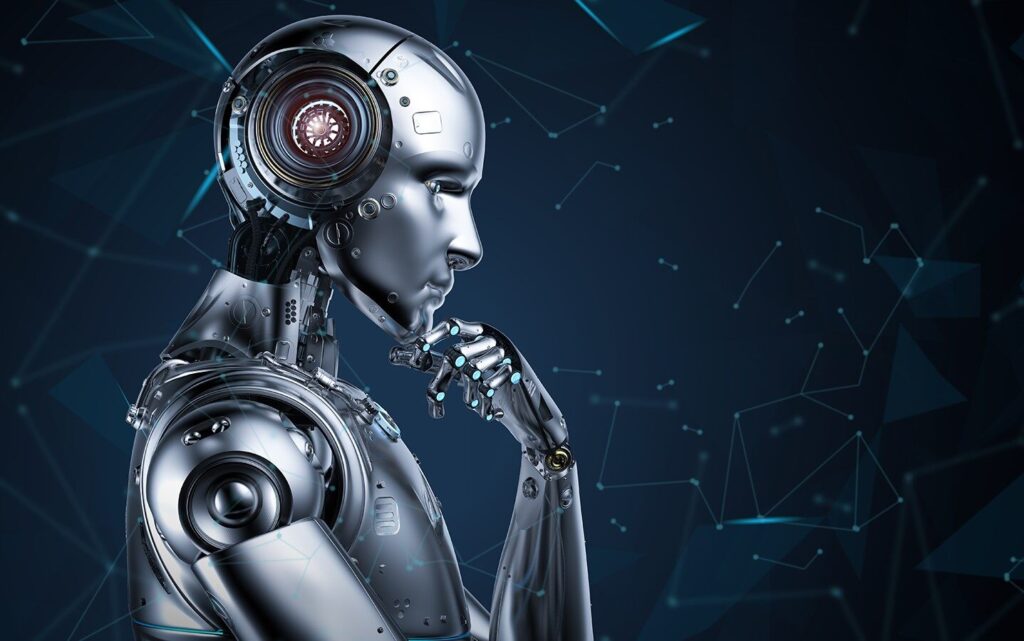
The Role of Policy and Regulation
Governments and policymakers play a crucial role in shaping the future of work in the context of AI. Effective policies can mitigate the challenges posed by automation while promoting innovation and economic growth.
- Labor Market Policies:
Policymakers should develop labor market policies that support displaced workers, such as unemployment benefits, retraining programs, and job placement services. By providing a safety net, governments can help individuals transition to new roles in a changing economy. - Education and Workforce Development:
Governments should invest in education systems that prioritize digital literacy and technical skills. Collaborations between educational institutions and industry stakeholders can ensure that curricula align with the evolving demands of the job market. - Ethical AI Guidelines:
Policymakers must establish ethical guidelines for the development and deployment of AI technologies in the workplace. This includes addressing issues such as data privacy, algorithmic bias, and accountability to ensure that AI serves the public good.
Embracing the Future of Work
The future of work is being reshaped by the integration of artificial intelligence, presenting both opportunities and challenges. As AI technologies continue to evolve, workers and organizations must adapt to the changing landscape by embracing lifelong learning, reskilling initiatives, and inclusive workforce development. Policymakers play a vital role in guiding these efforts, ensuring that the benefits of AI are shared equitably across society.
In the next chapter, we will explore the transformative applications of AI in healthcare, examining how AI technologies are enhancing diagnostics, treatment, and patient care. Understanding these advancements will provide insights into the potential of AI to improve health outcomes and reshape the future of medicine.
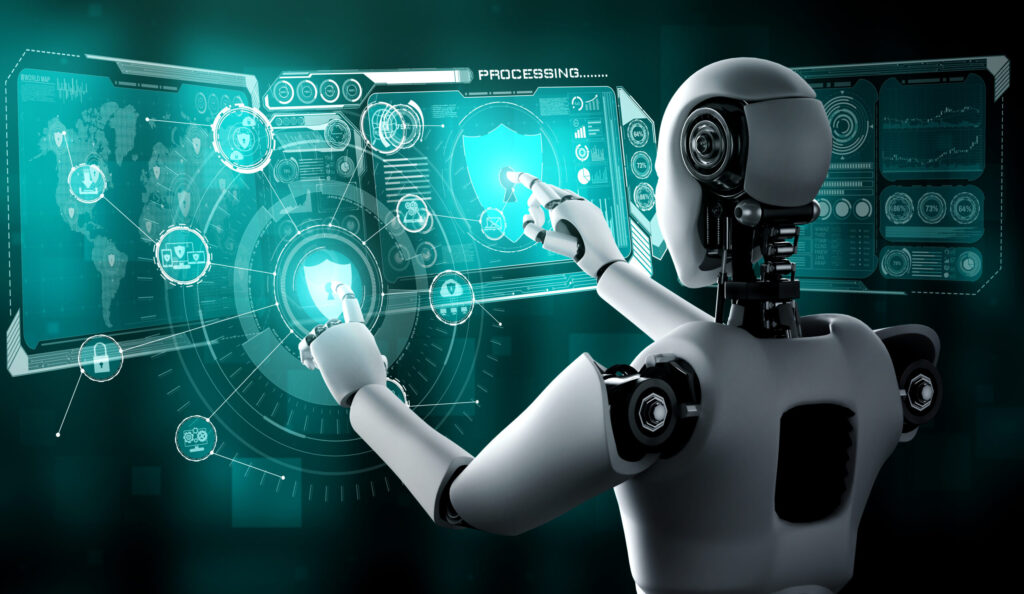
Transformative Applications of AI in Healthcare
The healthcare sector is undergoing a remarkable transformation, driven by the integration of artificial intelligence (AI) technologies. From diagnostics to treatment planning and patient care, AI has the potential to enhance efficiency, improve outcomes, and revolutionize the way healthcare is delivered. This chapter will explore the various applications of AI in healthcare, focusing on medical imaging, predictive analytics, personalized medicine, drug discovery, and patient management.
AI in Medical Imaging
One of the most significant advancements in AI has been in the field of medical imaging. AI algorithms, particularly those based on deep learning, have demonstrated exceptional capabilities in analyzing medical images such as X-rays, MRIs, and CT scans.
- Image Analysis and Diagnosis:
AI-powered systems can assist radiologists in detecting abnormalities in medical images with high accuracy. For instance, studies have shown that deep learning models can outperform human radiologists in identifying conditions such as lung cancer in chest X-rays and diabetic retinopathy in retinal scans. By automating the analysis process, AI can reduce diagnostic errors and enable timely interventions. - Segmentation and Localization:
AI algorithms can segment specific structures within medical images, such as tumors or organs, allowing for precise localization and measurement. This capability is crucial for treatment planning, particularly in radiation therapy, where accurate targeting of tumors is essential to minimize damage to surrounding healthy tissue. - Integration into Clinical Workflows:
AI tools are increasingly being integrated into clinical workflows, providing radiologists with decision support and streamlining the interpretation of medical images. For example, AI systems can flag suspicious findings for further review, allowing radiologists to focus on complex cases that require human expertise.
Predictive Analytics in Healthcare
Predictive analytics harnesses the power of AI to analyze historical data and forecast future outcomes, enabling healthcare providers to make informed decisions and improve patient care.
- Risk Stratification:
AI algorithms can analyze patient data, including electronic health records (EHRs), to identify individuals at high risk for certain conditions. For instance, predictive models can assess a patient’s likelihood of developing chronic diseases such as diabetes or heart disease based on factors such as age, family history, and lifestyle choices. This information allows healthcare providers to implement targeted interventions and preventive measures. - Hospital Readmission Prediction:
AI can be utilized to predict which patients are at risk of being readmitted to the hospital after discharge. By analyzing factors such as the patient’s medical history, treatment plan, and social determinants of health, AI algorithms can help healthcare providers develop personalized discharge plans and post-discharge support to reduce readmission rates. - Resource Allocation:
Predictive analytics can enhance resource allocation within healthcare settings. By analyzing patterns in patient admissions and treatment demand, AI systems can help hospitals optimize staffing levels, manage bed availability, and ensure that resources are allocated where they are needed most.
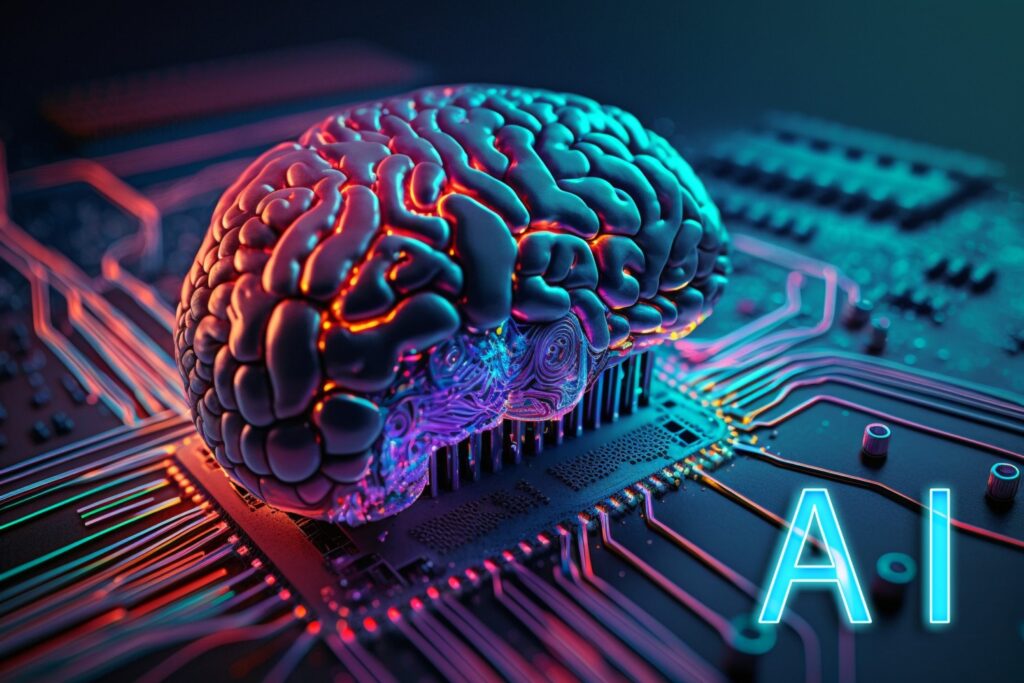
Personalized Medicine: Tailoring Treatments to Individuals
Personalized medicine is an approach that tailors medical treatment to the individual characteristics of each patient. AI plays a pivotal role in advancing personalized medicine by analyzing patient data and identifying optimal treatment strategies.
- Genomic Data Analysis:
AI algorithms can analyze vast amounts of genomic data to identify genetic variations associated with diseases. By understanding a patient’s genetic makeup, healthcare providers can develop targeted therapies that are more likely to be effective. For instance, in oncology, AI-driven genomic analysis can guide the selection of targeted therapies for specific types of cancer. - Predicting Treatment Responses:
AI can help predict how patients will respond to specific treatments based on their unique profiles. Machine learning models can analyze data from clinical trials and real-world evidence to identify patterns that indicate which treatments are most likely to be effective for particular patient populations. - Patient-Centric Approaches:
Personalized medicine emphasizes a patient-centric approach, where treatment plans are tailored to individual preferences and values. AI can facilitate shared decision-making by providing patients with relevant information about their conditions and treatment options, empowering them to make informed choices.
AI in Drug Discovery and Development
The drug discovery process is often lengthy, complex, and costly. AI has the potential to streamline this process, accelerating the development of new therapies and improving the likelihood of success.
- Identifying Drug Candidates:
AI algorithms can analyze vast datasets of chemical compounds and biological information to identify potential drug candidates. Machine learning models can predict how different compounds will interact with specific targets, helping researchers prioritize which compounds to pursue further. - Optimizing Clinical Trials:
AI can enhance the design and execution of clinical trials by identifying suitable patient populations and predicting patient responses to treatments. By analyzing historical trial data, AI algorithms can optimize trial designs, improving the likelihood of success and reducing the time and cost associated with bringing new drugs to market. - Post-Market Surveillance:
After a drug is approved, AI can play a crucial role in monitoring its safety and effectiveness in real-world populations. By analyzing data from EHRs, social media, and other sources, AI algorithms can identify potential safety signals and adverse events, enabling timely interventions and regulatory actions.
AI-Powered Patient Management
AI technologies are enhancing patient management by improving communication, engagement, and care coordination.
- Telemedicine and Virtual Health Assistants:
The rise of telemedicine has been accelerated by AI-driven virtual health assistants that can triage patients, provide health information, and schedule appointments. These tools enhance access to care and empower patients to take an active role in managing their health. - Chronic Disease Management:
AI can assist in managing chronic diseases by providing patients with personalized monitoring and support. For example, wearable devices equipped with AI algorithms can track vital signs and alert healthcare providers to potential issues, enabling proactive interventions. - Patient Engagement:
AI-driven applications can enhance patient engagement by providing tailored health education, reminders for medication adherence, and personalized wellness plans. These tools encourage patients to take an active role in their health and improve overall outcomes.
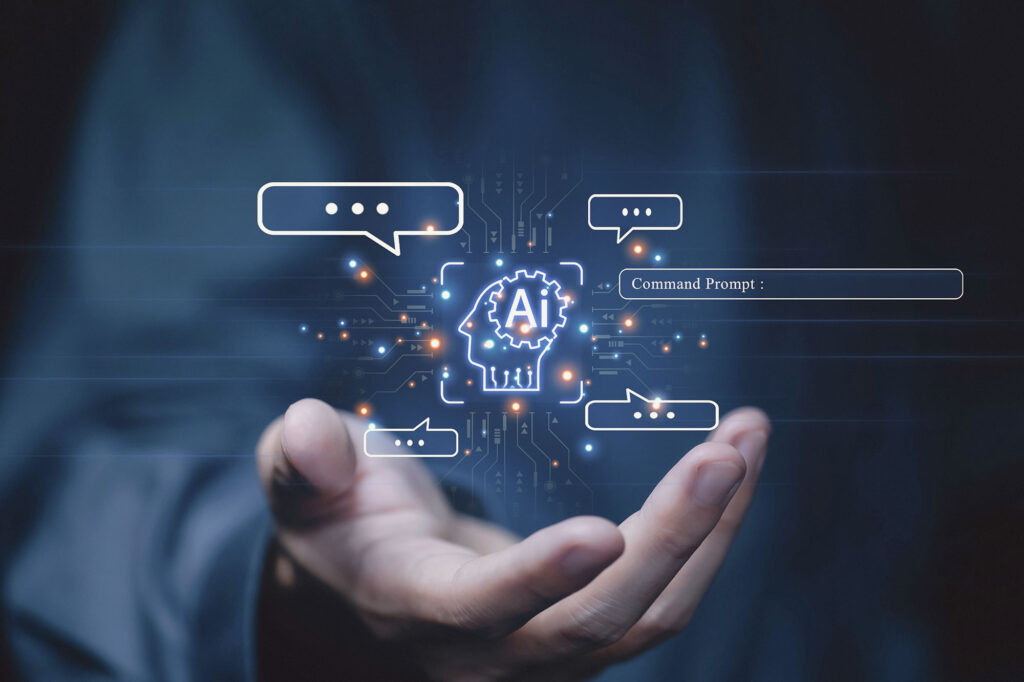
Ethical Considerations in AI-Driven Healthcare
While the potential benefits of AI in healthcare are substantial, ethical considerations must be addressed to ensure that AI technologies are developed and implemented responsibly.
- Data Privacy and Security:
The use of patient data in AI applications raises concerns about privacy and security. Healthcare organizations must prioritize data protection measures and ensure that patient information is handled in compliance with regulations such as the Health Insurance Portability and Accountability Act (HIPAA). - Bias and Equity:
As with other applications of AI, there is a risk of bias in healthcare algorithms. Researchers and developers must be vigilant in ensuring that AI systems are trained on diverse and representative datasets to avoid perpetuating health disparities. Ongoing monitoring and evaluation of AI systems are essential to identify and address potential biases. - Informed Consent:
Patients should be informed about how their data will be used in AI applications and the potential benefits and risks associated with AI-driven decisions. Ensuring informed consent is critical to maintaining trust between patients and healthcare providers.
The Future of AI in Healthcare
AI holds immense potential to transform healthcare by enhancing diagnostics, personalizing treatments, and improving patient management. As AI technologies continue to evolve, it is crucial to navigate the ethical considerations associated with their deployment responsibly. By prioritizing transparency, equity, and patient engagement, the healthcare sector can harness the power of AI to improve health outcomes and reshape the future of medicine.
In the next chapter, we will explore the role of AI in environmental sustainability, examining how AI technologies are being utilized to address pressing global challenges, such as climate change, resource management, and conservation efforts. Understanding these applications will highlight the potential of AI to contribute positively to our planet’s future.
https://www.youtube.com/@nexttechreview
